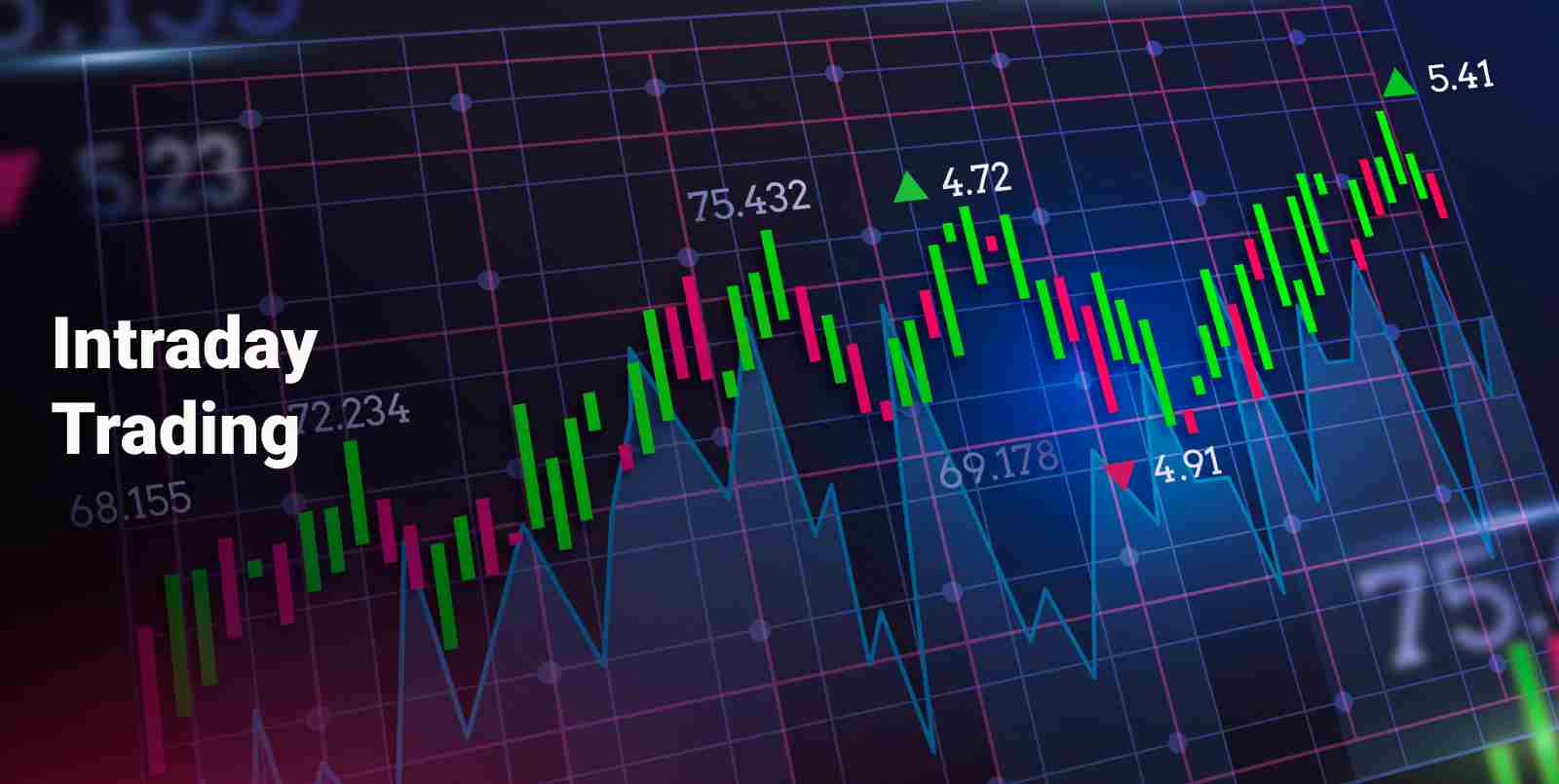Intraday Trading vs. Investing: Which One Is Right for Me?
When it comes to the world of financial markets, two approaches often come up for individuals looking to grow their wealth: intraday trading and investing. While both strategies have their merits, they cater to different types of market players, and choosing the right strategy depends on your financial goals, risk tolerance, time commitment, and overall mindset.
Intraday Trading: A High-Speed, Short-Term Strategy
As the name suggests, intraday trading involves buying and selling financial assets within the same trading day. This strategy requires a deep understanding of market movements, quick decision-making, and the ability to handle the pressure of short-term price fluctuations.
Characteristics of Intraday Trading:
- Short holding period: Positions are opened and closed on the same day.
- High frequency of trades: Many trades are executed in a single day.
- Active monitoring: Constantly monitoring price movements and news.
- Risk and reward ratio: Highly profitable but also carries increased risk.
- Technical analysis focus: Reliance on charts and indicators.
Benefits of Intraday Trading:
- Quick profits: Potential for high returns in short timeframes.
- No overnight risk: Positions are closed daily.
- High liquidity: Easier to enter and exit positions.
- Leverage: Control larger positions with less capital.
Disadvantages of Intraday Trading:
- Stress and pressure: Fast-paced environment can be stressful.
- Time-consuming: Requires constant market monitoring.
- High costs: Frequent trading leads to high transaction costs.
- Being emotionally vulnerable: Emotional fluctuations can lead to losses.
Investing: A Long-Term Wealth Building Strategy

Investing, on the other hand, is a long-term approach where a person buys assets and holds them for years or decades, benefiting from growth through price appreciation or dividends.
Key Characteristics of Investing:
- Long-term holding: Positions are held for months to years.
- Less frequent transactions: More passive approach to trading.
- Focus on fundamentals: Emphasis on earnings growth and management.
- Compound growth: Reinvesting returns for greater gains.
Advantages of Investing:
- Potential for stable returns over the long term.
- Less stress compared to intraday trading.
- Benefit from compound growth over time.
- Lower transaction costs with fewer trades.
Disadvantages of Investing:
- Long time to realize returns.
- Market volatility can still affect long-term positions.
- Requires patience to wait for returns.
- Less control over daily market fluctuations.
Which is Right for You?
When deciding between intraday trading and investing, it is essential to assess your personal preferences, financial goals, and risk tolerance.
Choose Intraday Trading If:
- You enjoy fast-paced market action.
- You can handle higher risk for quick profits.
- You understand technical analysis.
- You can manage stress effectively.
- You can dedicate time to market monitoring.
Choose Investing If:
- You prefer a relaxed, long-term wealth building approach.
- You focus on company fundamentals.
- You want to grow wealth steadily.
- You tolerate less risk and prefer stability.
- You are patient with your investment horizon.
Conclusion
Both intraday trading and investing can be profitable if done correctly, but they require different mindsets and levels of commitment. Ultimately, your choice should align with your financial goals and risk tolerance. Remember that success in the financial markets depends on discipline, education, and consistent effort.



